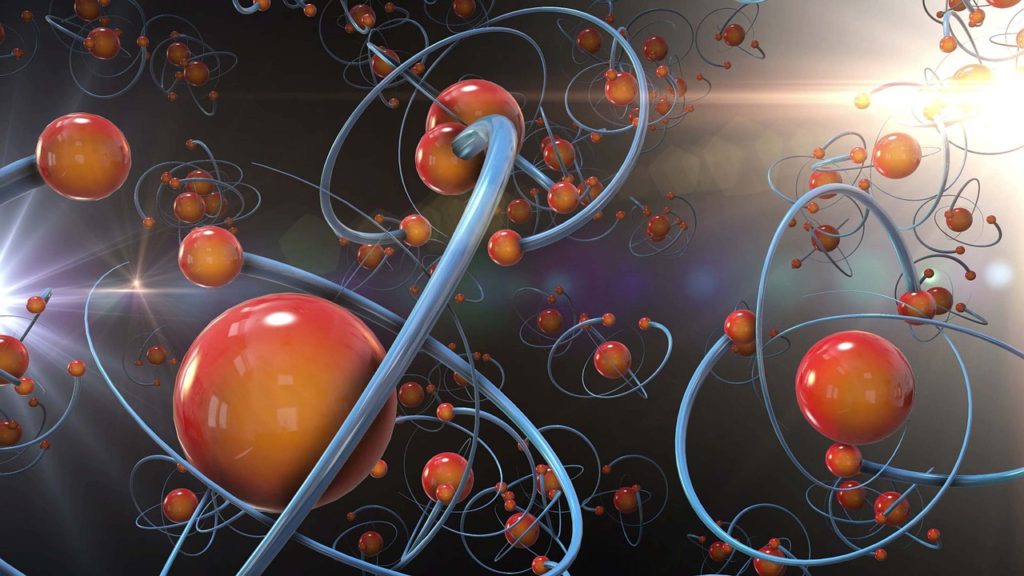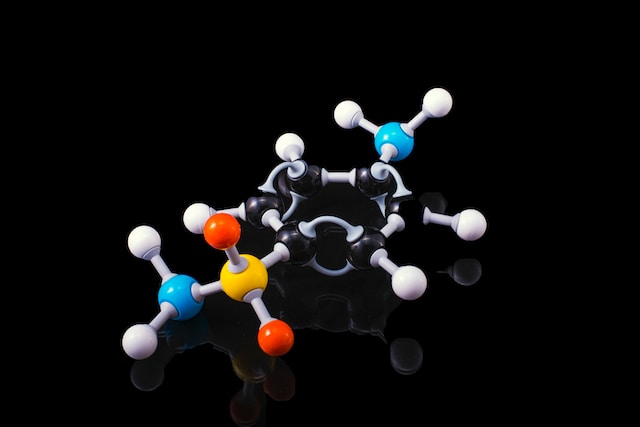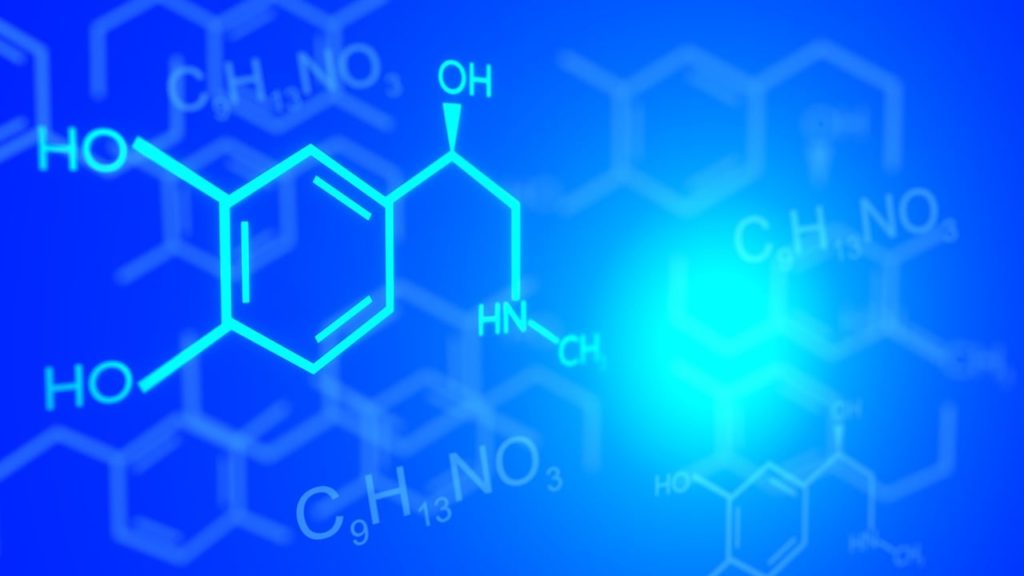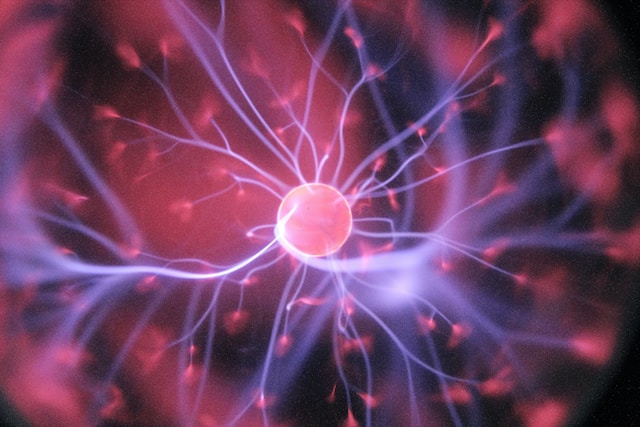Cover photo by Hal Gatewood on Unsplash
Today’s Focus of Attention is reader-supported. We sometimes include products we think are useful for our readers. If you buy through links on this page, we may earn a small commission.
Liberating ourselves from dependence on fossil fuels has long been a dream for both the scientific community and the public.
Scientists far and wide are working to find new ways of producing clean energy, from making hydrogen directly from seawater to transforming plastic waste into green fuel.
Today, let’s explore a groundbreaking discovery that, if proven to be efficient and cost-effective, could revolutionise the way we charge our devices.
An enzyme generating energy from air

Researchers at the Monash University Biomedicine Discovery Institute in Melbourne, Australia, have discovered an enzyme that transforms air into electricity.
Dr Rhys Grinter (team leader), Professor Chris Greening, and Ph.D. student Ashleigh Kropp published their findings in the peer-reviewed journal Nature, where they revealed that this enzyme uses the little hydrogen present in the atmosphere to generate an electrical current.
Literally making energy from thin air.
The enzyme behind this master stroke is a hydrogen-consuming enzyme that comes from a common soil bacterium.
Studies have shown that in nutrient-poor environments, many bacteria rely on hydrogen as a power supply.
Professor Greening said, “We’ve known for some time that bacteria can use the trace of hydrogen in the air as a source of energy to help them grow and survive, including in Antarctic soils, volcanic craters, and the deep ocean.”
“But we didn’t know how they did this, until now.”
How was this discovery made?

The researchers took the enzyme from a bacterium called Mycobacterium smegmatis and confirmed that the enzyme, named Huc, transforms hydrogen into an electrical current.
“Huc is extraordinarily efficient,” noted Dr Rhys Grinter. “Unlike all other known enzymes and chemical catalysts, it even consumes hydrogen below atmospheric levels, as little as 0.00005% of the air we breathe.”
To reveal the molecular blueprint of atmospheric hydrogen oxidation, the experts used innovative techniques, such as advanced microscopy and electrochemistry.
The advanced microscopy (cryo-EM) determined the atomic structure and electrical pathways, while the electrochemistry showed how the purified enzyme creates electricity with minimal hydrogen concentrations.
A significant aspect of this breakthrough is the enzyme’s potential for long-term preservation.
Huc acts as a natural battery, producing a sustained electrical current from air or added hydrogen.
Ph.D. student Ashleigh Kropp said, “It is astonishingly stable. It is possible to freeze the enzyme or heat it to 80 degrees Celsius, and it retains its power to generate electricity.”
“This reflects that this enzyme helps bacteria survive in the most extreme environments.”

Although the investigation is still in its infancy, the revelation of Huc and its capacity to create electrical fields offers the opportunity to produce small air-driven equipment or as an alternative to solar-powered devices.
Fortunately, the bacteria that produce Huc are common and can be grown in large volumes, resulting in an endless and sustainable source of the enzyme.
The challenge lies in scaling up Huc production, as Dr Rhys Grinter stated.
“Once we produce Huc in sufficient quantities, the sky is quite literally the limit for using it to produce clean energy.”


